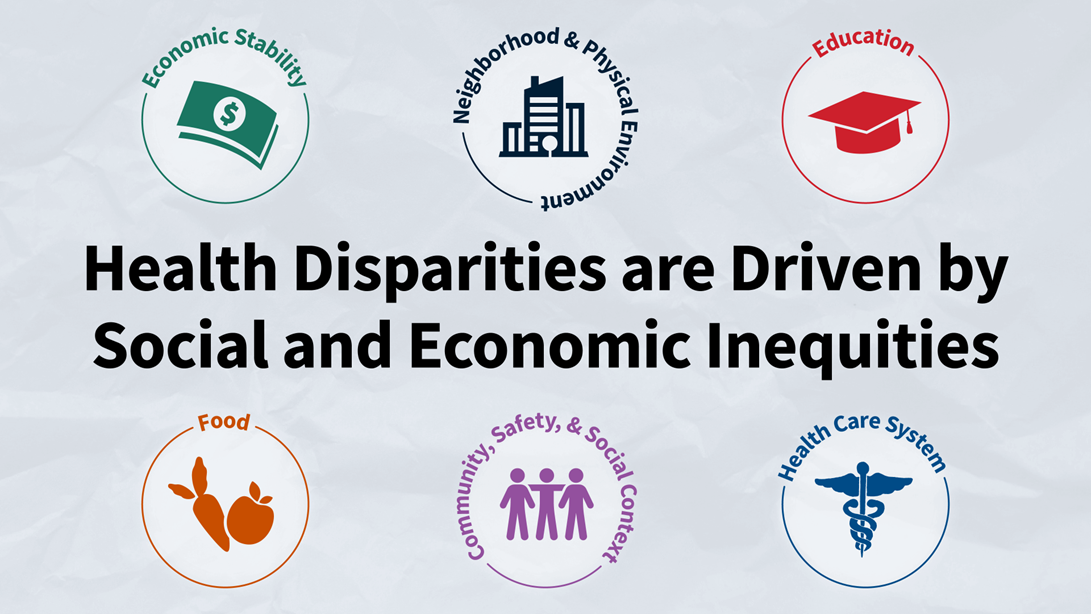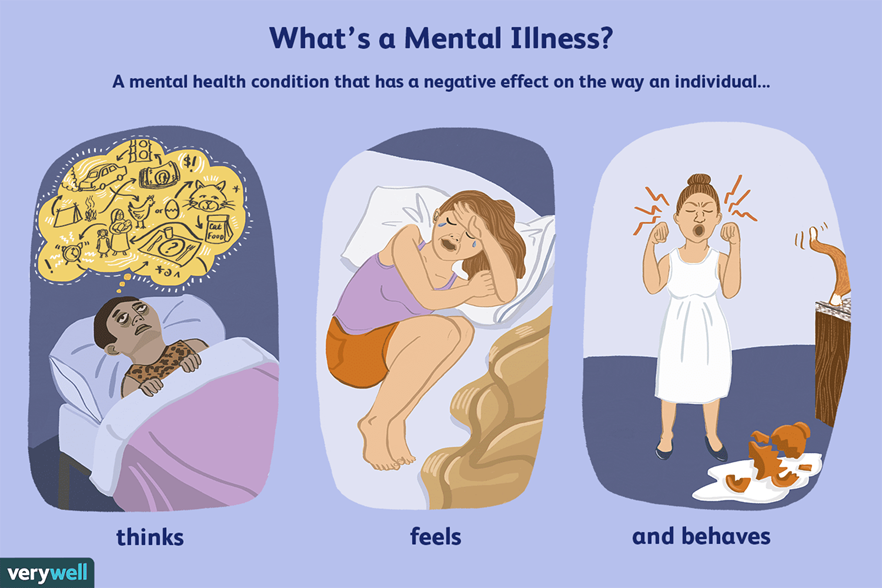A public health nurse is working with a statistician while conducting an analytic study of health disparities in the community. In which of the following stages of the analytic study is the nurse currently participating?
Data analysis
Conduct/implementation
Conceptualization/design
Interpretation of findings
The Correct Answer is C
Choice A Reason:
Data analysis involves examining and interpreting the collected data to identify patterns, trends, and relationships. This stage includes statistical analysis, creating comparative tables, and computing measures of association such as risk ratios or odds ratios. While crucial, this stage comes after the conceptualization and design phase.
Choice B Reason:
Conduct/implementation refers to the actual execution of the study, including data collection and ensuring that the study follows the designed protocol. This stage involves gathering data from participants, ensuring compliance with ethical standards, and managing the logistics of the study. It follows the conceptualization and design phase.
Choice C Reason:
Conceptualization/design is the initial stage of an analytic study where the research question is defined, hypotheses are generated, and the study design is developed. This stage involves planning the methodology, selecting the study population, and determining the data collection methods. The nurse's involvement in this stage indicates participation in the foundational planning and structuring of the study.
Choice D Reason:
Interpretation of findings involves analyzing the results of the data analysis to draw conclusions and make recommendations based on the study's outcomes. This stage includes discussing the implications of the findings, identifying limitations, and suggesting areas for further research. It is one of the final stages of the study process.

Nursing Test Bank
Naxlex Comprehensive Predictor Exams
Related Questions
Correct Answer is D
Explanation
Choice A reason: "Although I live in the country, my neighbor takes me shopping each week. It takes about 10 minutes for us to drive to the nearest grocery store."
This statement indicates that the client has access to a grocery store within a reasonable driving distance, even though they rely on a neighbor for transportation. While this situation may present some challenges, it does not fit the definition of a food desert, which is characterized by limited access to affordable and nutritious food.
Choice B reason: "Sometimes I get food from the Salvation Army food pantry that is about a half a mile from my house."
This statement suggests that the client has access to a food pantry relatively close to their home. While relying on food pantries can indicate food insecurity, it does not necessarily mean the client lives in a food desert. Food deserts are defined by the lack of access to grocery stores that provide fresh and nutritious food.
Choice C reason: "I am able to walk to a grocery store that is 5 blocks away from my apartment."
This statement indicates that the client has convenient access to a grocery store within walking distance. This accessibility does not align with the characteristics of a food desert, where residents typically have to travel long distances to reach a grocery store.
Choice D reason: "I cannot always afford ride-share services to get to the nearest store, which is 30 minutes away from where I live."
This statement fits the definition of a food desert. The client has to travel a significant distance to reach the nearest grocery store and faces financial barriers to accessing transportation. This limited access to grocery stores that provide fresh and nutritious food is a key characteristic of food deserts.

Correct Answer is C
Explanation
Choice A: Quaternary
Quaternary prevention focuses on identifying patients at risk of over-medicalization and protecting them from unnecessary medical interventions. It aims to prevent harm from excessive or inappropriate medical care. This level of prevention is not applicable to the scenario of tube feeding, which is a necessary and appropriate medical intervention for the student's condition.
Choice B: Primary
Primary prevention aims to prevent the onset of disease or injury before it occurs. This includes measures such as vaccination, health education, and lifestyle modifications to reduce risk factors. Tube feeding does not fall under primary prevention, as it is not aimed at preventing the initial occurrence of a health issue but rather managing an existing condition.
Choice C: Tertiary
This is the correct choice. Tertiary prevention involves managing and improving the quality of life for individuals with chronic or long-term health conditions. It focuses on rehabilitation, treatment, and support to prevent complications and improve functional abilities. Helping a special needs student with tube feeding is an example of tertiary prevention, as it involves ongoing care and support to manage a chronic condition and enhance the student's well-being.
Choice D: Secondary
Secondary prevention aims to detect and treat disease or injury at an early stage to prevent progression. This includes screening programs, early diagnosis, and prompt treatment. Tube feeding is not a form of secondary prevention, as it is not focused on early detection or intervention but rather on managing an established health condition.
Whether you are a student looking to ace your exams or a practicing nurse seeking to enhance your expertise , our nursing education contents will empower you with the confidence and competence to make a difference in the lives of patients and become a respected leader in the healthcare field.
Visit Naxlex, invest in your future and unlock endless possibilities with our unparalleled nursing education contents today
Report Wrong Answer on the Current Question
Do you disagree with the answer? If yes, what is your expected answer? Explain.
Kindly be descriptive with the issue you are facing.
